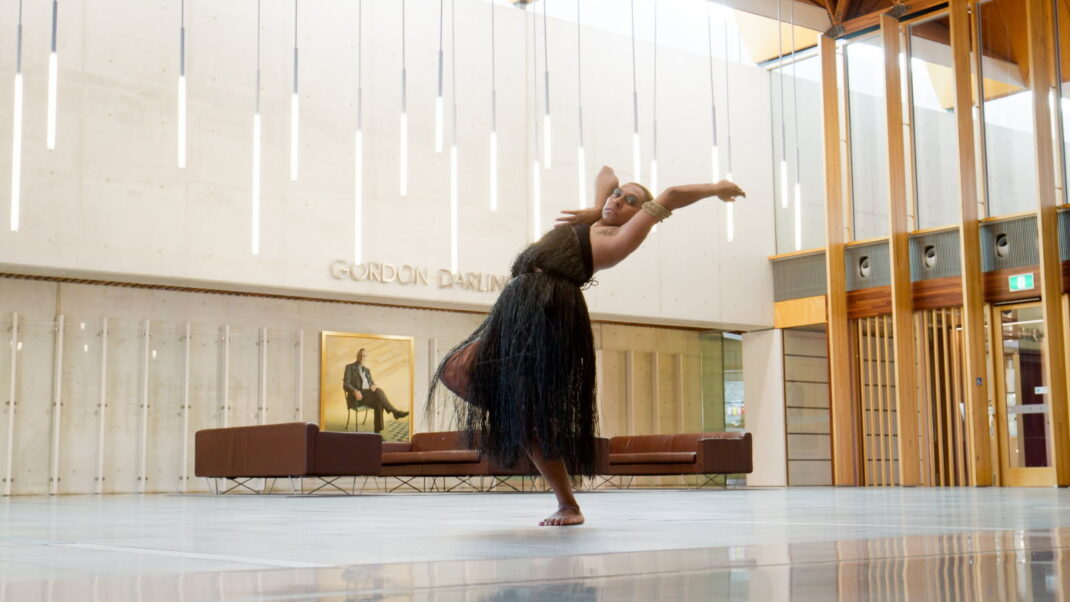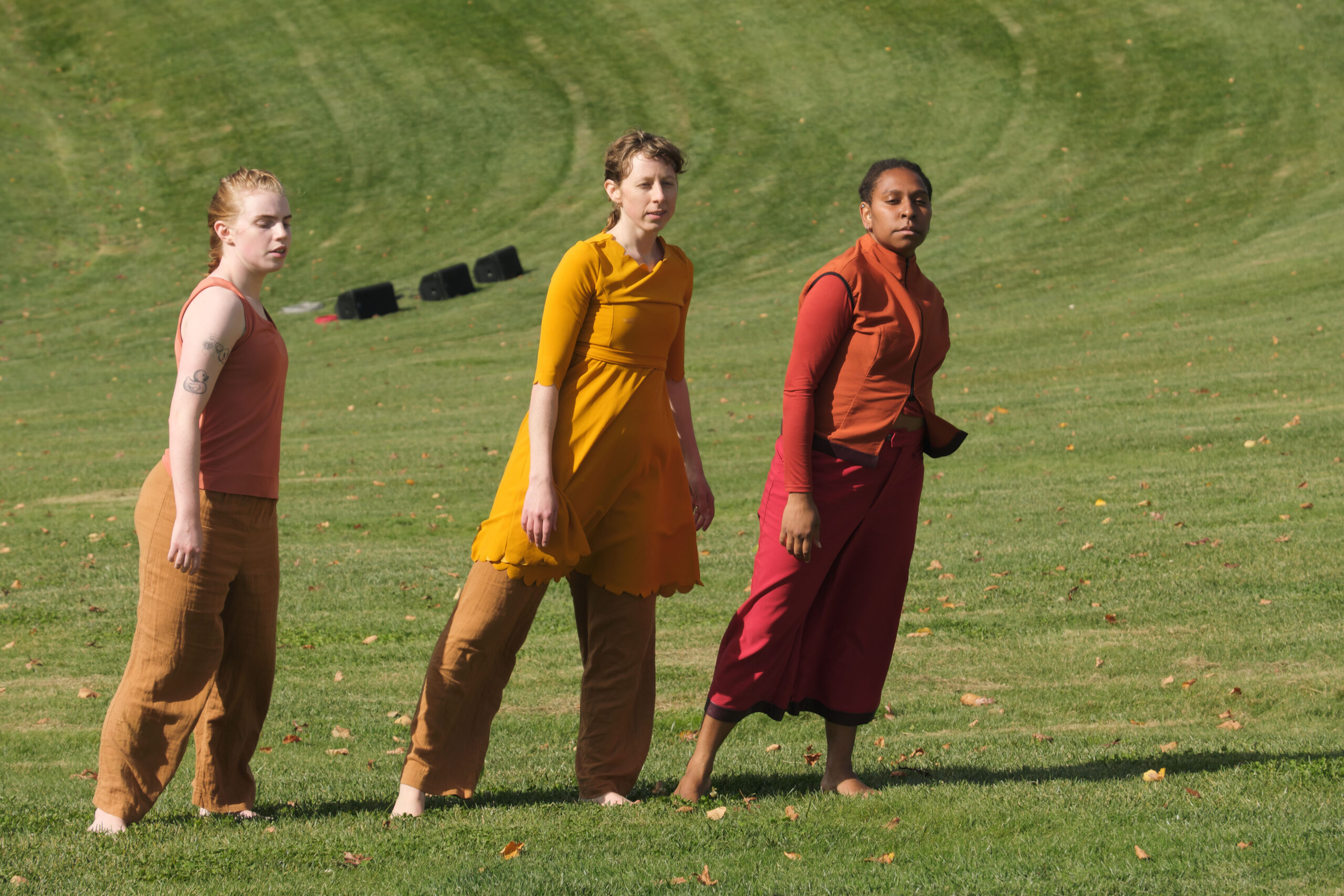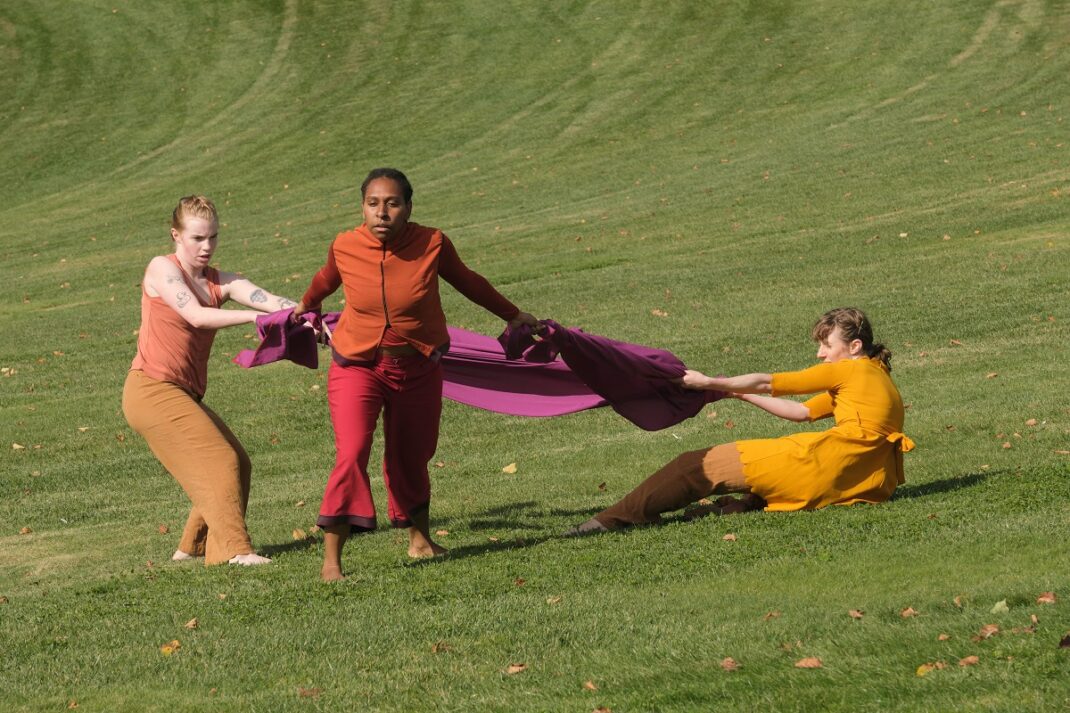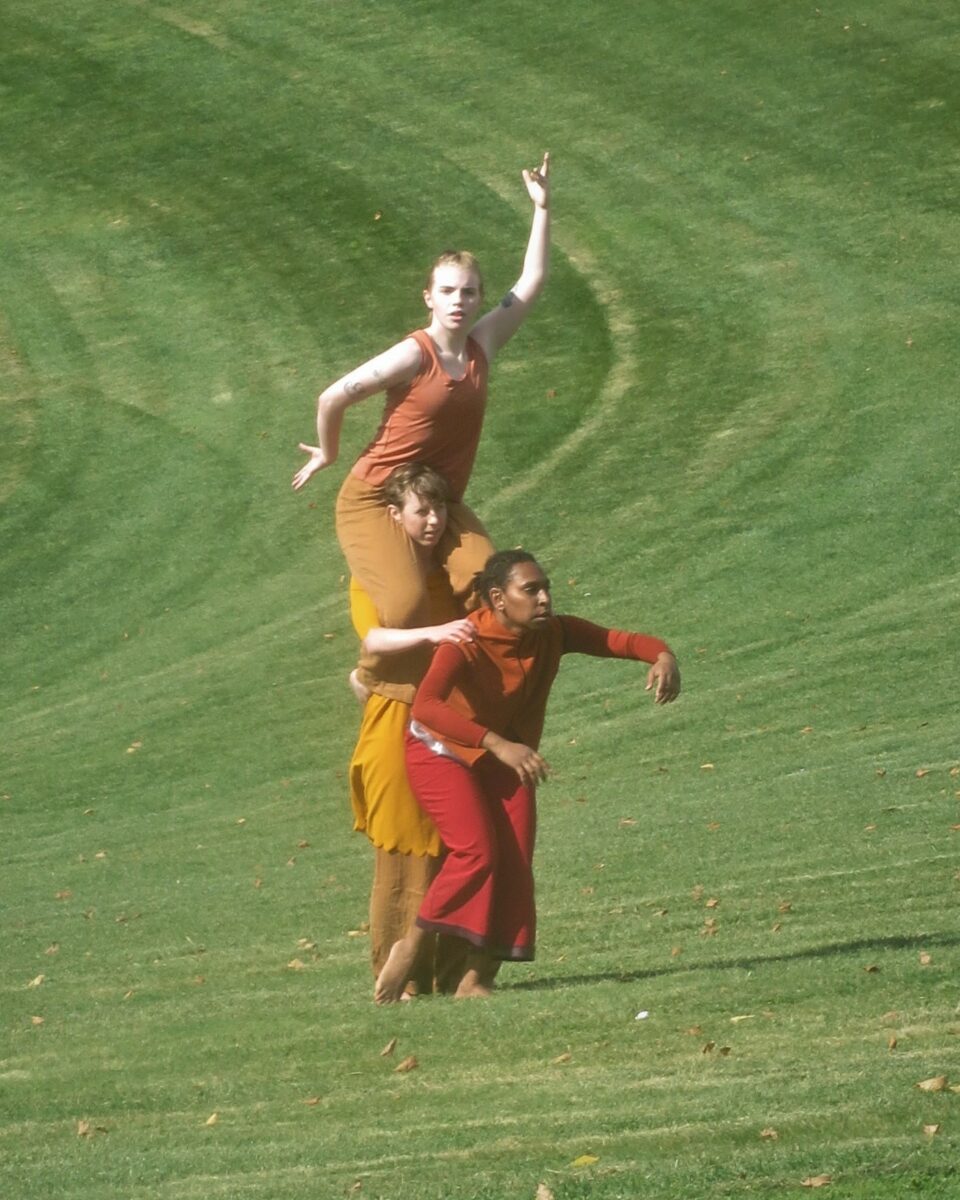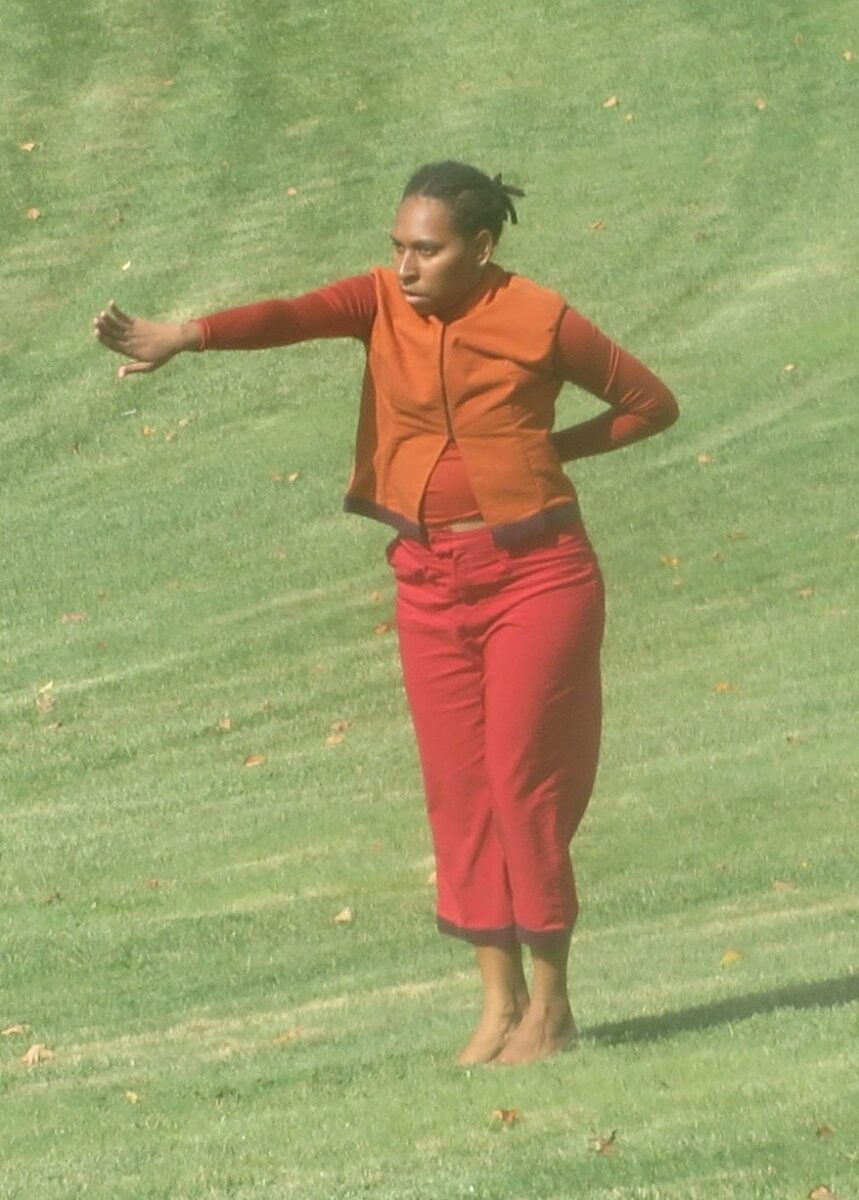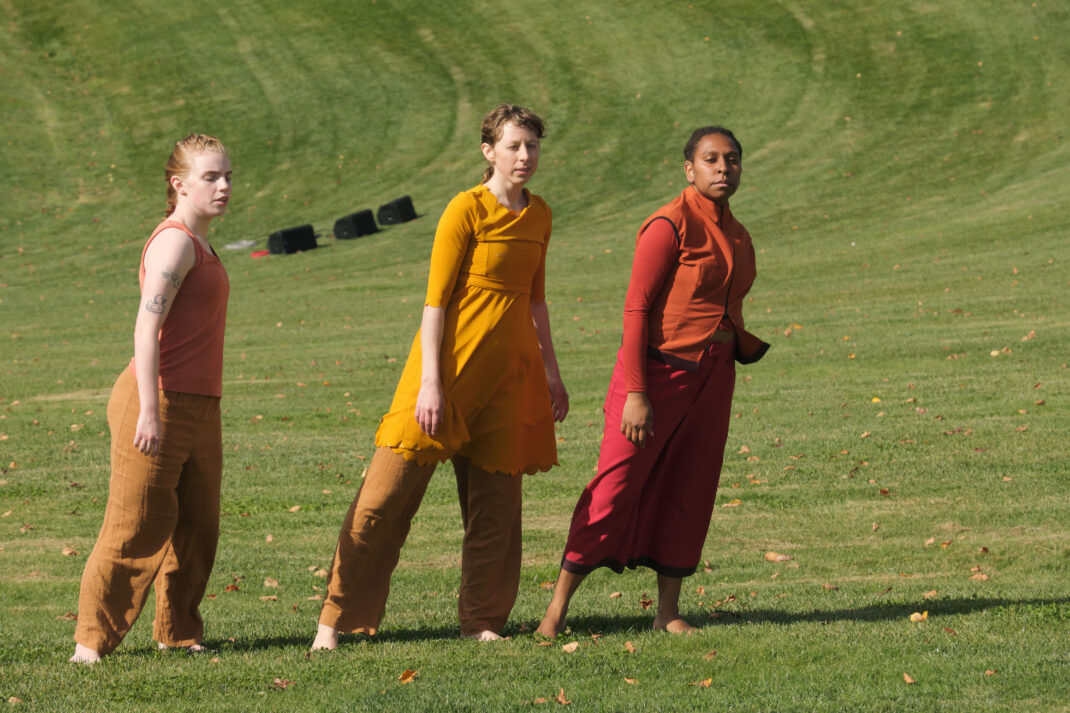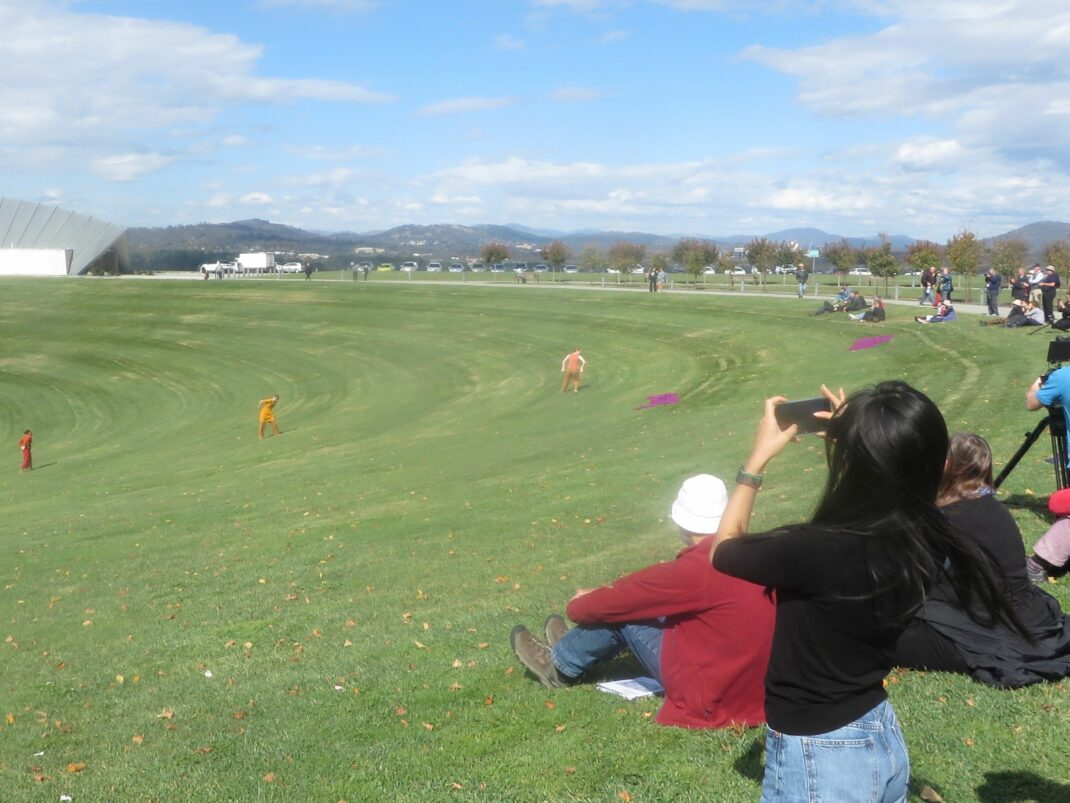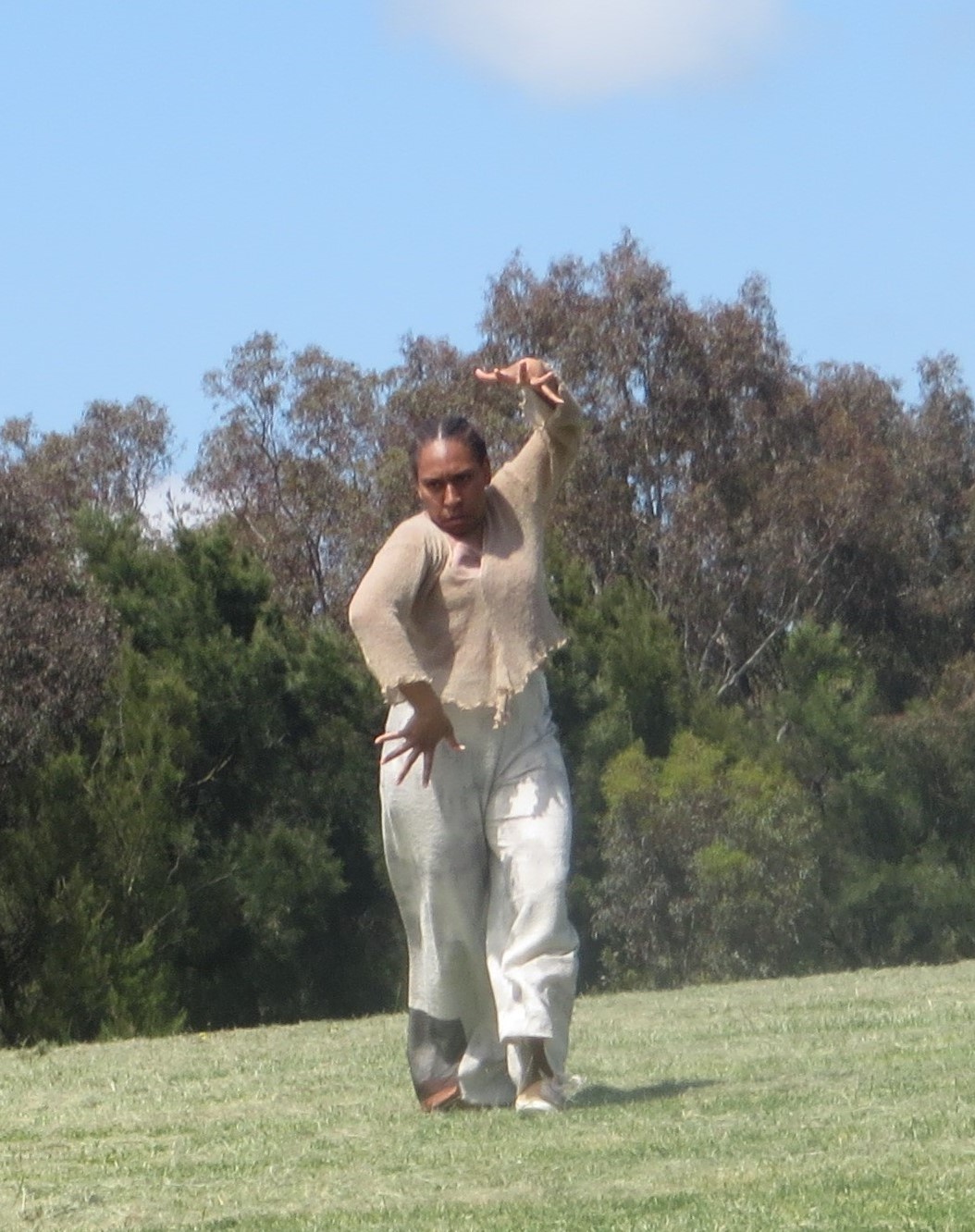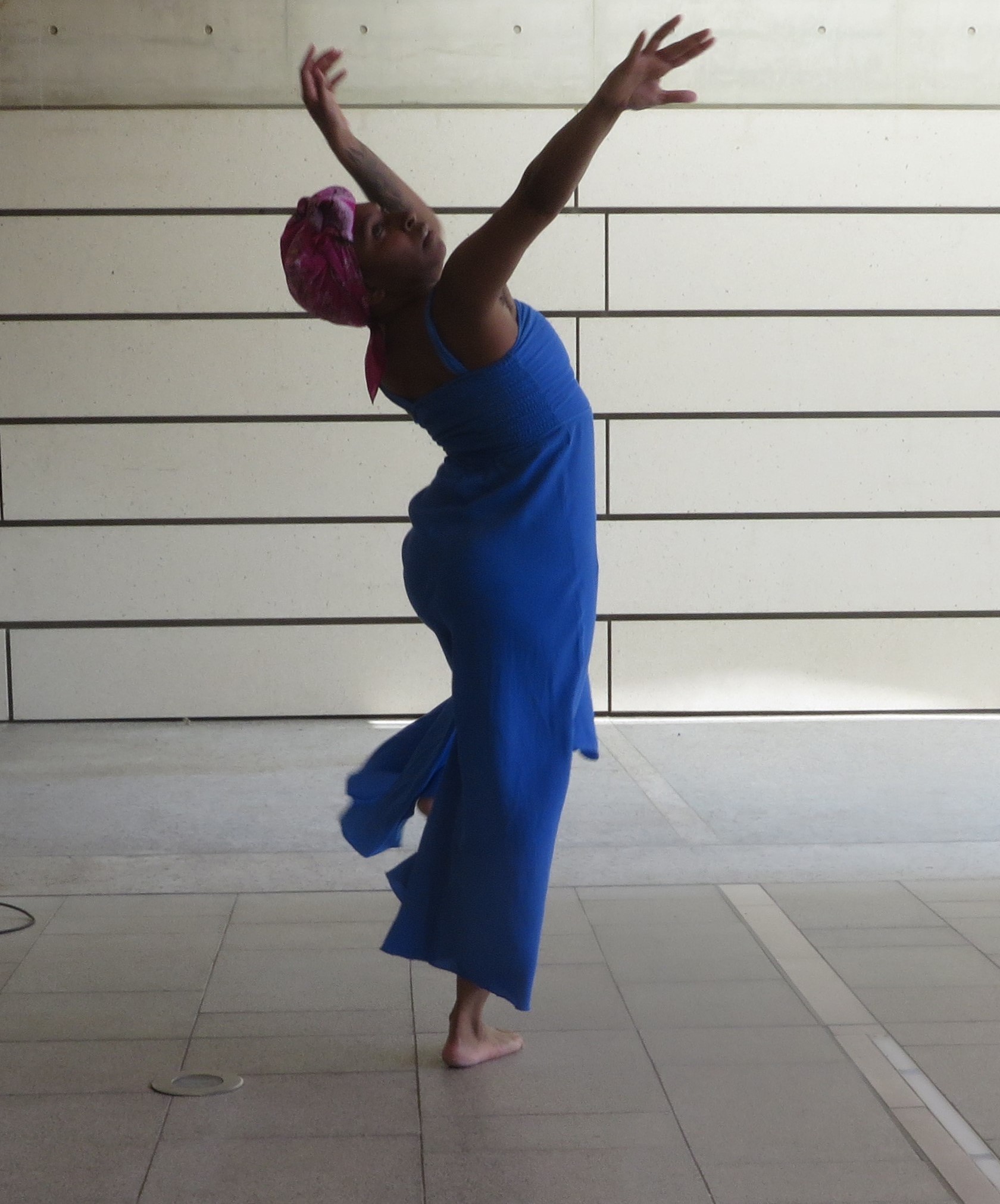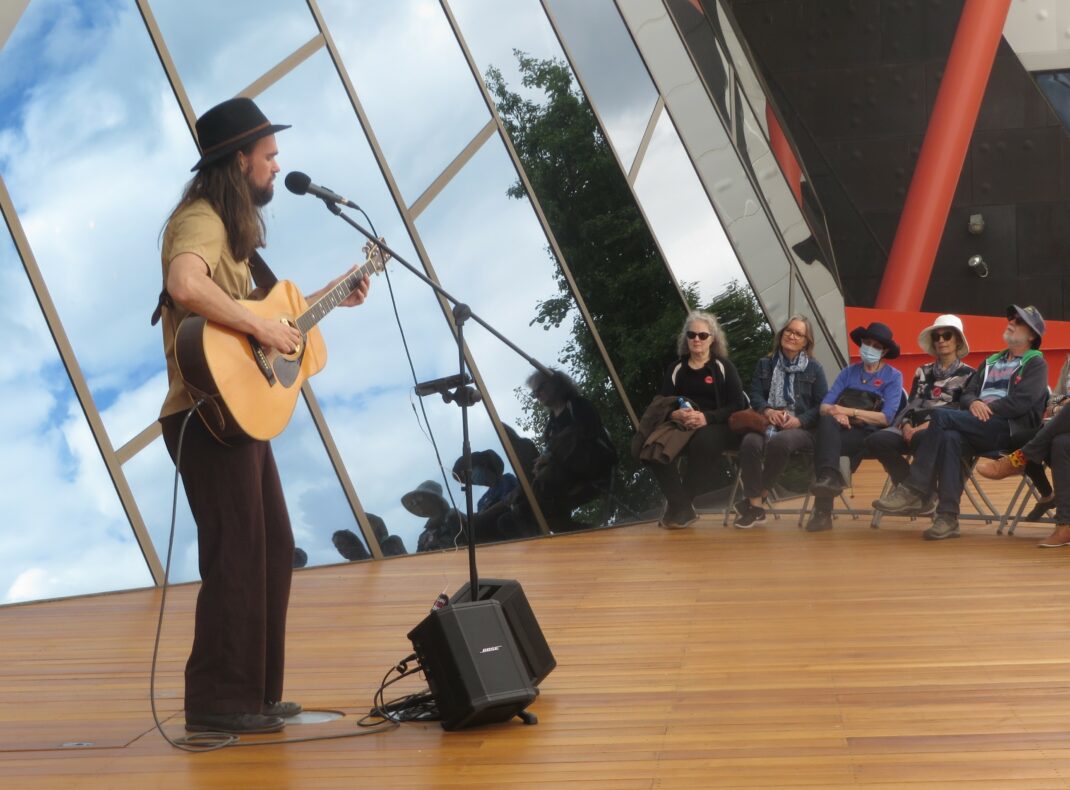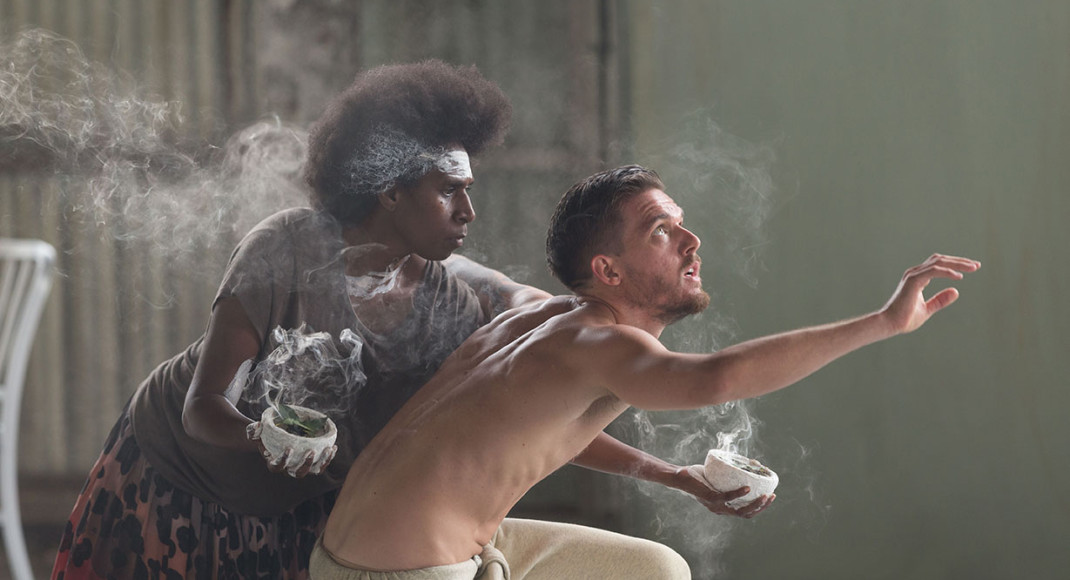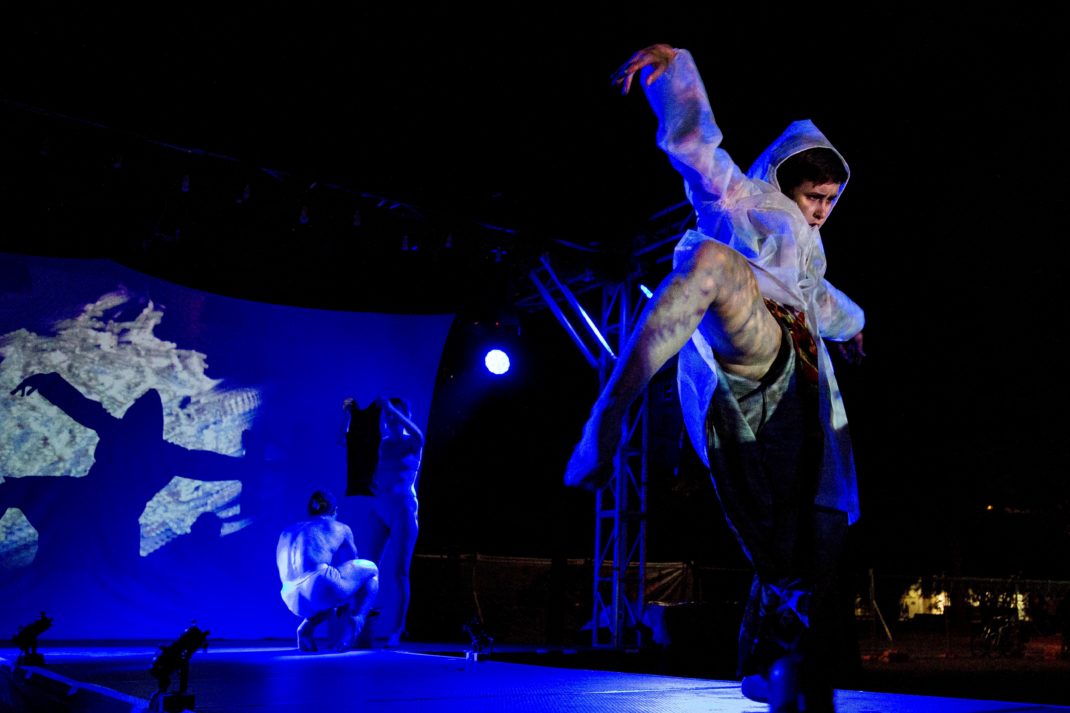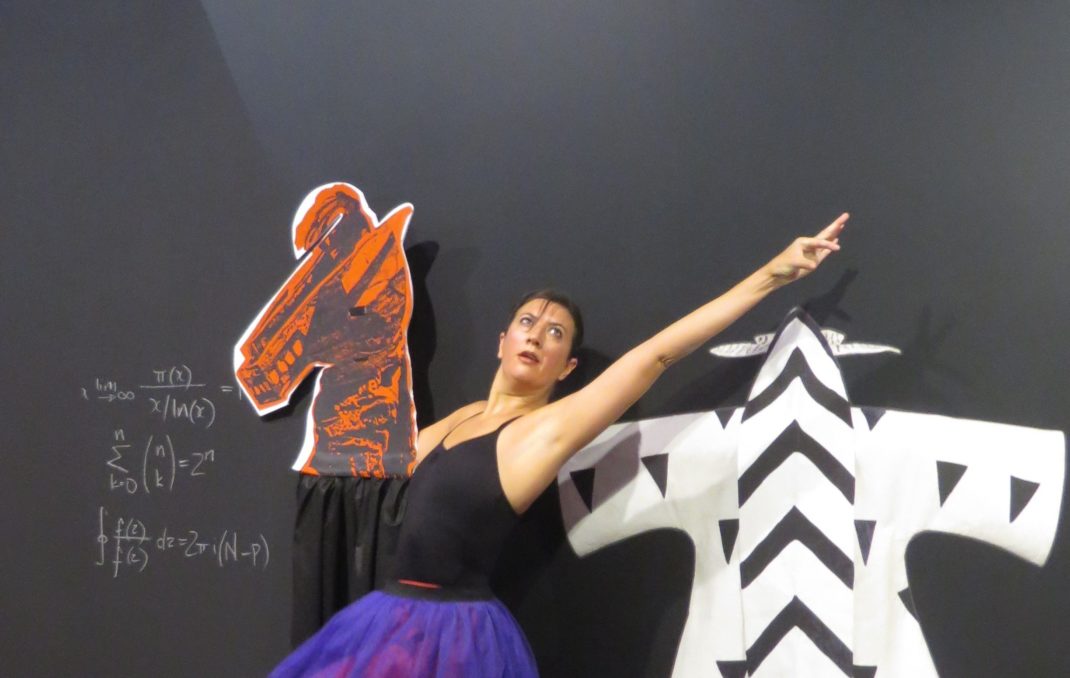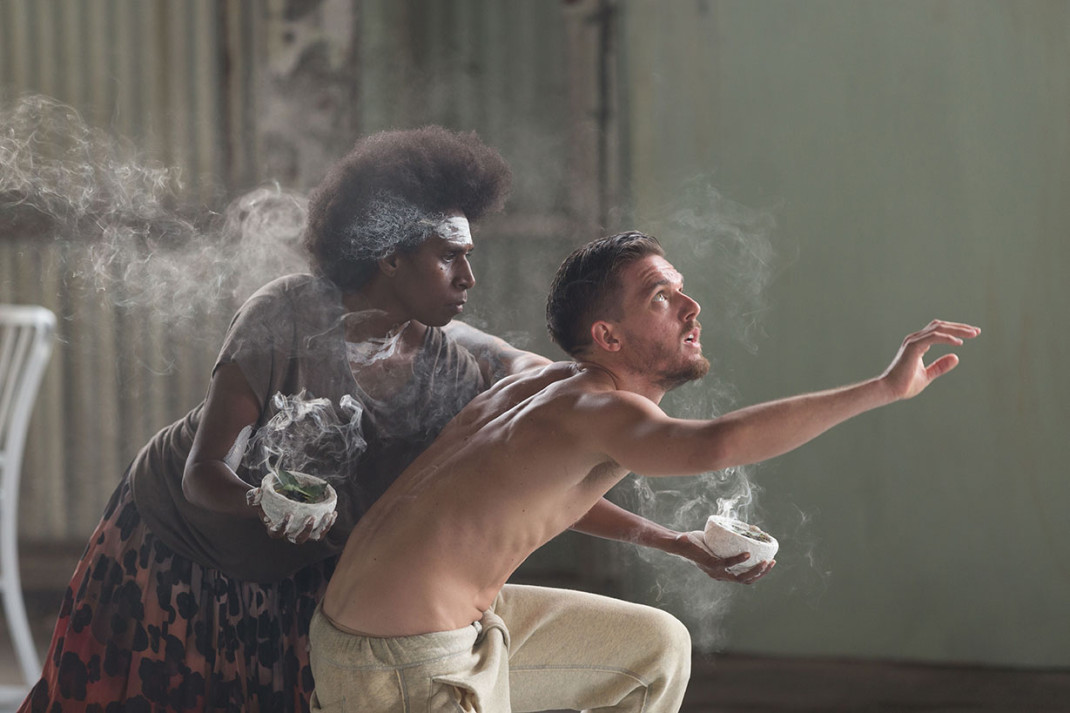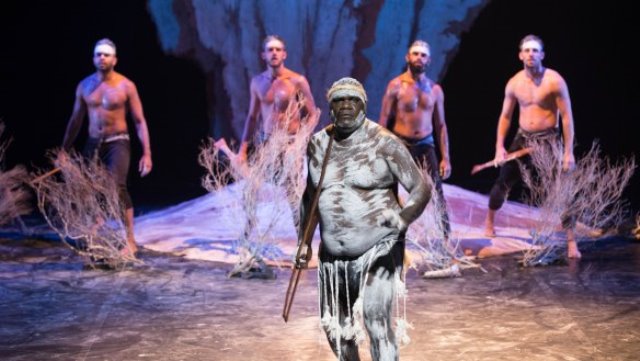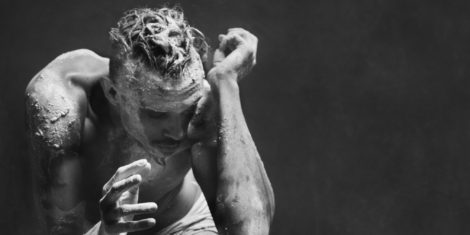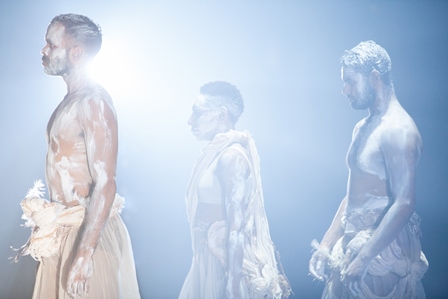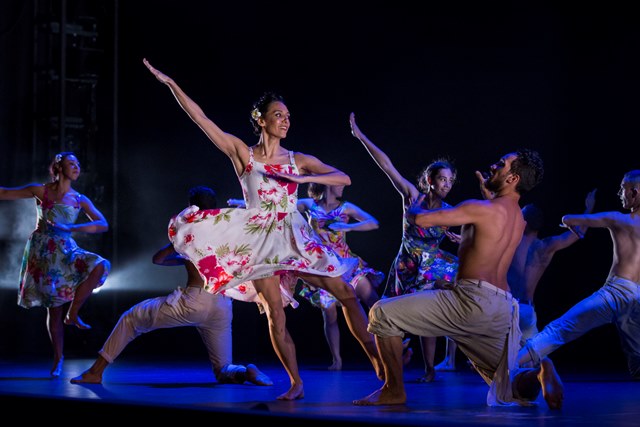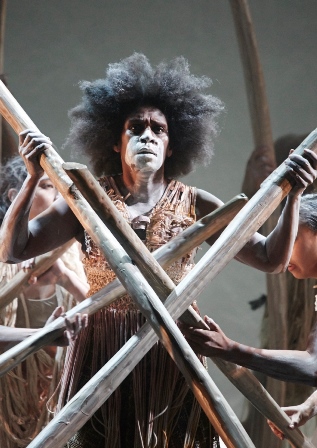My review of Essor a solo performance from Yolanda Lowatta was published online on 02 March 2025 by CBR CityNews. Read it at this link.. Below is a slightly enlarged version of the review.
*******************************************
01 March 2025. Gordon Darling Hall, National Portrait Gallery, Canberra
There is much to admire about Essor, a 20-minute solo performance choreographed and danced at the National Portrait Gallery (NPG) by Indigenous performer, Yolanda Lowatta. Lowatta is a member of Canberra’s Australian Dance Party and the Party’s leaders, Alison Plevey and Sara Black, produced Essor, which was commissioned by the NPG.
As has been the case whenever a dance performance has been commissioned by the NPG (and there have been quite a few such commissions over the past several years), Essor was created in response to photographic material currently on display in the Gallery—in this case to Some Lads, a series of portraits by renowned Australian photographer, Tracey Moffatt. The images are of dancers connected with the Aboriginal and Islander Dance Development Centre who had influenced Lowatta in some way and include Russell Page, Graham Blanco, Matthew Doyle, and Gary Lang. The name of the work, Essor, is an Indigenous word meaning ‘thank you’ and the work is Lowatta’s recognition of the impact those lads have had on her.
It was a real pleasure to watch Lowatta’s sense of movement as displayed in her choreography. There was a beautiful overall fluidity in her manner of moving, especially in the arms and upper body. But within this fluidity there were many moments of detail especially in the fingers and in the positions taken by the feet. There were moments, too, when a smile crossed her face suggesting that she was recalling a particular moment in relation to one of her mentors.

But what was remarkable was the way in which Lowatta referenced different styles of dance, all of which must have influenced her current, personal movement style. Some movements seemed to come straight from the dance style seen in clan performances from Indigenous women; some referenced Western contemporary dance, especially those grounded movements that were interspersed throughout; some, such as the leaps with a leg held in arabesque, were quite balletic.
This stylistic diversity, which never looked jarring or lacking in harmony, was reflected in an exceptional soundscape from Indigenous multi-artist Bindimu. It contained sounds of water; the playing of Indigenous instruments; sounds from nature, including bird calls; human voices; and a range of other audio items. Just as Lowatta’s choreography referenced different dance styles, Bindimu’s soundscape took us, potentially, from venue to venue, that is to a selection of places where dance might been seen.
Bindimu was also responsible for Lowatta’s costume—a dark purple ‘grass’ skirt and top worn over a Western style close fitting pair of black shorts with a separate top. Again, there was a strong reference to more than one aspect of Lowatta’s career.
The work was structured around a circle of audience members, seated on the floor in the centre of the Gordon Darling Hall, with a few regular seats, placed outside the circle, for older people. Lowatta moved this way and that and often traversed the circular space occupied by the seated audience. But as the soundscape came to an end, Lowatta led the audience from the Hall to the Gallery where the Moffatt portraits were hanging. She left us there, after well-deserved and loudly expressed applause, to admire the photographs and, as a result, to reflect further on Essor.
Michelle Potter, 02 March 2025
Featured image: Yolanda Lowatta in the Gordon Darling Hall, 2025. Photo: © Creswick Collective
